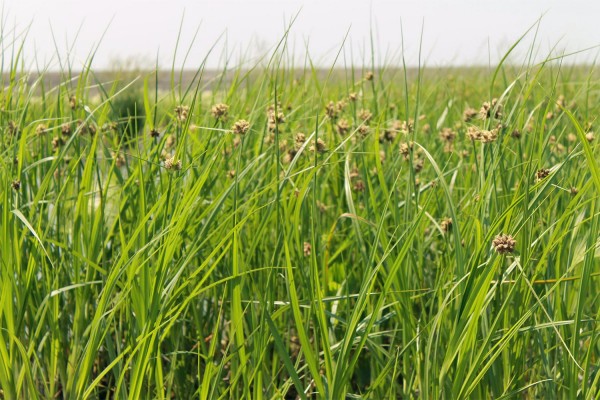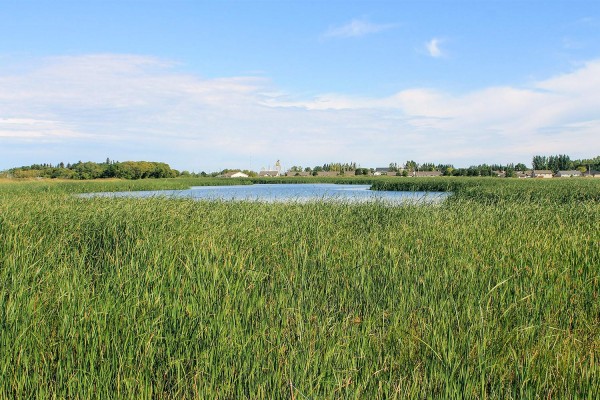Before areas could be set aside for protection a detailed inventory of the property was conducted, which mapped out the habitat types present, identified the dominant plant species common in each community, and ranked each community based on its quality, rarity, and preservation value.
A riparian forest assessment was conducted on the existing plant communities and forest resources in 21 ha of riparian forest. Recommendations were made for minimizing environmental impact and maintaining biodiversity and unique or rare characteristics found within the existing forest stands. The findings and recommendations were then incorporated into the design phase in order to develop a distinct residential community that integrates portions of the existing natural environment and highlights its unique features.
Areas of the forest were first identified based on the condition, age and size of stands, and the rareness and uniqueness of riparian habitat. Each identified area was then mapped using GIS and prioritized, ranging from areas with a high priority to be conserved, to areas with lower priority.


